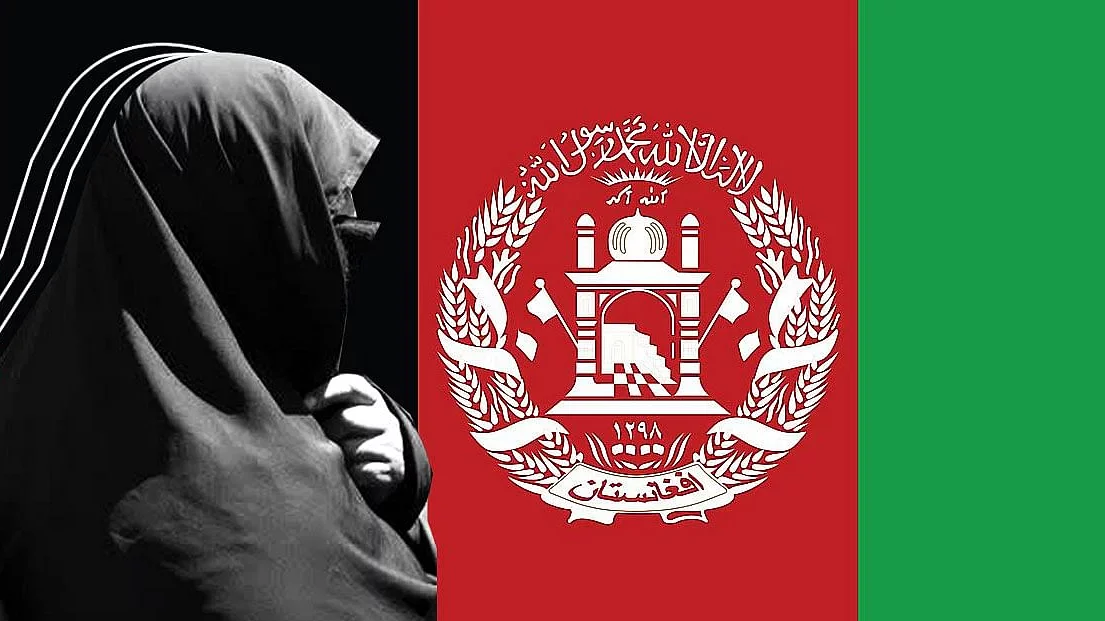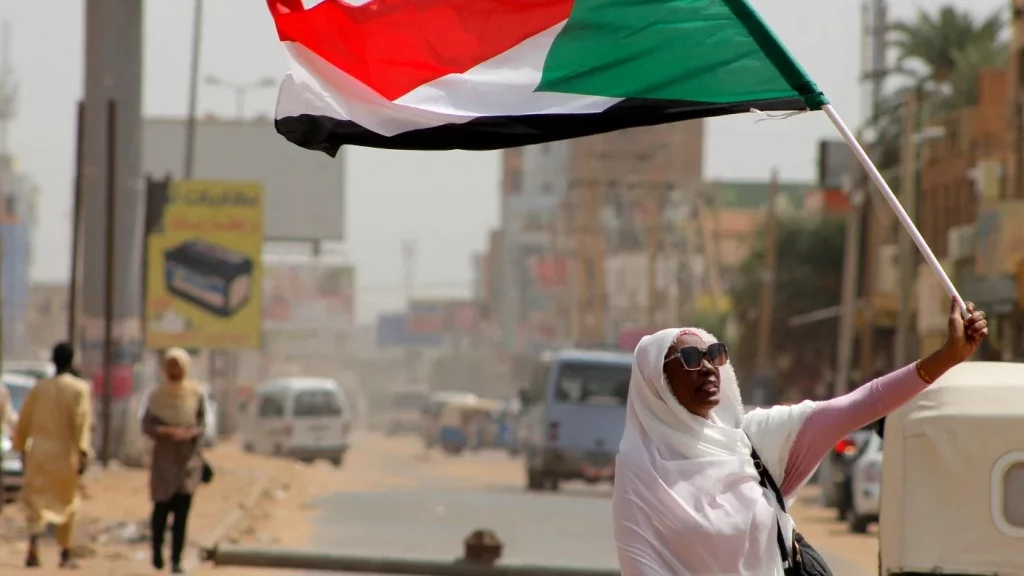As recent rallies in Iran have ended; here are some of the strictest clothing laws around the world. Iran is one of only two countries in the world that require women to cover their hair by law.
There are other countries that impose rules on the way both men and women can dress in public, which not all of them are about religion. The hijab has been compulsory in Iran since the Islamic Revolution in 1979, and in Afghanistan women have also long been subjected to laws and cultural obligations over their attire.
Since the Taliban seized power last year, laws have been tightened once more. In May, a Taliban directive said women should be covered from head-to-toe with only the eyes showing. This week, Afghan women had a movement and protested against their clothing law; in this objection the police force tore their signs and threaten them.

Islamic clothing laws apply to men too
While you may be aware of rules regarding women’s dress based on Islamic law, there are rules that apply to men also. In Afghanistan, men are required to wear Islamic clothes and cap, with beards that extend out to the length of a fist.
In Sudan, prior to 2019, “immoral dress” could be punished with forty lashes, a fine or both. This was most commonly applied to women for wearing trousers or skirts above the knee, but its interpretation was left up to law enforcement officers.
While the law also applied to men, enforcement was rare. However, in 2010, seven male models were convicted of indecency for wearing make-up. After the 2019 revolution, the Sovereign Council removed the law, yet its effects on society and the expectations on women’s clothing still linger.

The same can be said of Saudi Arabia, where, in 2018 the requirement for women to wear head coverings and abayas — a long black loose-fitting gown — was overturned.
Women are still required to “dress respectfully”, and Saudi men are also required to keep their shoulders and legs covered with loose-fitted clothing. While it is women who have borne the brunt of past crackdowns on dress in Saudi Arabia, in some cases men have also been charged.
There have been several reports of men arrested for “cross-dressing” or “dressing like women” in recent years, according to local media reports.

Other bizarre clothing restrictions
Most countries have laws to regulate appropriate dress.
In Australia, indecent exposure laws do not prevent women going topless, and breastfeeding in public is a legal right. However, it is illegal to dress up in black like a cat burglar with black shoe polish on your face, according toOwen Hodge Lawyers of NSW.
The NSW’s crimes act does outlaw having your “face blackened or otherwise disguised … with intent to commit” a crime. It was only in 2013 that France overturned a 200-year-old ban on women wearing trousers.
If you have ever travelled to Thailand, you may have come across the widespread belief that leaving the house without underwear is against the law. However, this rule does not seem to appear in Thailand’s current penal code. Many Caribbean islands have banned wearing any form of camouflage or even carrying items made of camouflage material, according to local travel advisories.
Cultural dress laws in North Korea, Bhutan
While many clothing laws originate from dominant religious beliefs, some stem from other local customs and traditions.
In Bhutan traditional Bhutanese dress — the knee-length wrap-around “gho” for men and the ankle-length dress known as the “kira” for women — was made compulsory outside of the home in 1989.
While the country has gradually relaxed the dress code in recent years, it is still required at school, work and official functions.
There are strict dress codes in North Korea, including harsh penalties recently announced for anyone with a “western style” haircut or wearing skinny jeans. In 2014, Radio Free Asia reported that male university students were required to get the same haircut as their leader Kim Jong-un.
We are unable to confirm if this is still required today.

Banning modesty
Some western countries have made dressing too conservatively a crime.
Since 2010, France, Denmark, Belgium, Austria, the Netherlands, Bulgaria, Italy, Switzerland and Latvia have introduced various bans on conservative versions of Islamic dress, often referred to as “burqa bans”. In 2017, China banned the burqa in the largely Islamic state of Xinjiang, and some other Asian as well as African states have also imposed similar bans.
In 2017, China banned the burqa in the largely Islamic state of Xinjiang, and some other Asian as well as African states have also imposed similar bans.
While the reasons cited for such restrictions are usually related to security, these laws have been widely criticized as a violation of religious freedom. But it’s not just western countries that have banned Islamic dress.
The government of Tajikistan, where 90 per cent of the population identifies as Muslim, passed a law in 2017 that urges Tajiks to “stick to traditional and national clothes” and suggests that women wear their hair uncovered.
Police have used the law to crack down on women’s headscarves and men’s beards in raids and road blocks. In Tunisia, the niqab — which covers all but the eyes — was outlawed in 2019, while in Turkey, it wasn’t until 2010 that the government ended a headscarf ban in universities, government buildings and schools.
Now having all these facts mentioned in mind; Iran is the only country being attacked by western governments and media because of the dress code regulation that it has. The optimistic term for this is “DUAL” policy, when you attack a country because of the internal law that it has but you show no reaction to other countries that have the same rules.


